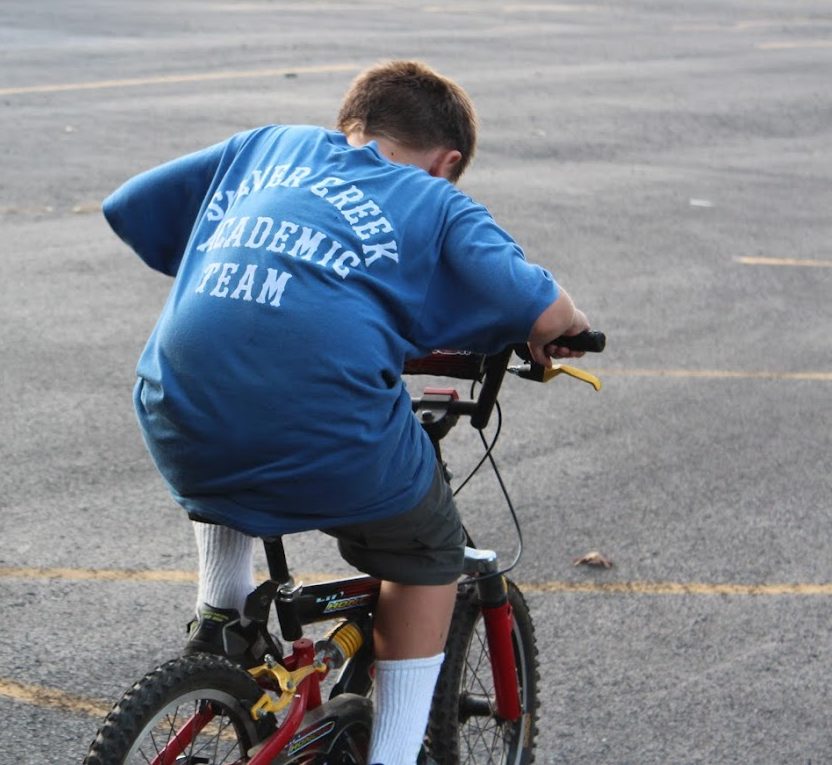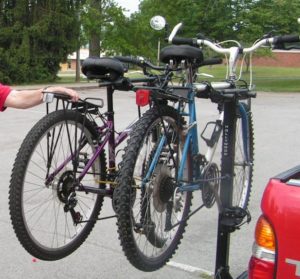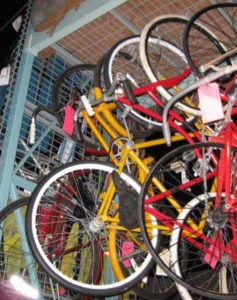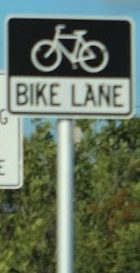 Whether you are a casual cycling enthusiast or a competitive racer, everyone should own a bike in Berea. Cycling is a great form of exercise, and it’s also enjoyable to get around town on two wheels. Berea offers many miles of smooth and level bike trails, off-road paths, and safe biking lanes.
Whether you are a casual cycling enthusiast or a competitive racer, everyone should own a bike in Berea. Cycling is a great form of exercise, and it’s also enjoyable to get around town on two wheels. Berea offers many miles of smooth and level bike trails, off-road paths, and safe biking lanes.
However, not all bikes are made equal. There are many different types of bicycles out there, each with its own set of features that determines the price, style, and function.
Before you decide to purchase your next bike, answer these 10 questions first:
1. What type of terrain will I be biking on?
If you are planning to use your bike for recreational purposes, then almost any type of bicycle is appropriate. Mountain bikes work well on rough roads because their gears are suited for steep hills and they can handle uneven surfaces. Road bikes are lightweight to make them easier to pedal, but the skinny tires aren’t ideal for bumpy surfaces.
2. What kind of riding style do I have?
A mountain bike would be helpful if you frequently ride over hilly or rough terrain because it’s designed for that specific purpose. If you prefer a more casual biking experience, then a road bike might be more appropriate.
 3. How much money am I willing to spend on a bike?
3. How much money am I willing to spend on a bike?
The price of a bicycle is usually indicative of the quality and durability of its components. More expensive bicycles typically have higher-performing parts that can withstand wear from frequent use over time with little maintenance. You should also consider the additional costs of accessories for your new bicycle.
4. Where will I be parking my bike?
If you plan to lock your bicycle outside, then it’s important to purchase one with detachable parts so that a thief cannot easily steal it. A U-lock or cable lock is recommended because they are extremely difficult to break.
5. Do I need any special equipment?
If you are planning to use your bike for commuting purposes, then you might want to invest in a water bottle, backpack, or panniers (bags on either side of the rear wheel) to carry your belongings securely. If your bike doesn’t come equipped with these features, then you can also purchase them as accessories.
6. Do I want to wear cycling clothes?
Tight clothing and padded shorts made specifically for biking can help absorb some of the road vibration and provide comfort, but they might not be necessary if your bike is equipped with a comfortable seat. Cycling shoes are also available that clip directly into the pedal, but these are typically only appropriate for road biking.
 7. How far do I plan to ride?
7. How far do I plan to ride?
Different types of bicycles can typically be used for different purposes. If you’re planning to use your bike for commuting purposes, then a simple one-speed will do the job well enough because it’s designed specifically for distance riding. However, if you want to ride for recreation on varying terrains, then consider purchasing a mountain bike or road bike. For long-distance riding on paved roads, make sure your bike is equipped with high-quality tires that are appropriate for the terrain and load capacity.
8. Who will be riding my bike?
If you plan to let someone else use your bike, then you might want to choose a model that is easy to adjust between multiple users. Single-speed bikes can be adjusted by simply moving the seat and handlebars, whereas other types of bikes require more sophisticated adjustments such as gears and hand brakes.
9. How often will I ride my bike?
Repairing your bike every so often is a normal part of owning one, but if you plan to ride frequently, then it’s important to purchase a bike that can withstand frequent use. More expensive bikes typically have durable parts that are less likely to break down or need repair.
 10. Where can I take my bike?
10. Where can I take my bike?
If you plan to take your bike for a long-distance ride, it’s most important to purchase a bike that is appropriate for the terrain. Especially when riding on unpaved roads, make sure your tires are strong enough to handle bumpy surfaces and have enough treads to grip. When biking in extreme conditions such as high heat or humidity, make sure your brakes can maintain stopping power even when wet.
If you’re looking for a bike that’s appropriate for your specific needs, then the best place to start is by asking yourself these 10 questions. The answers will help guide you in finding either a more casual ride or one with higher performance features depending on what type of riding experience it is you are looking for. If all this information has been overwhelming and there’s still not enough clarity about which bicycle would be right for you, don’t hesitate to ask an expert like Mike Hale at Mike’s Hike and Bike in Richmond, KY http://www.mikeshikeandbike.com/ for some personal assistance at any time!
*Note: Mike Hale is a friend of mine and he has not endorsed this article, nor did I warn him I was writing it or plugging him. Still, he is the best I know in the business.
